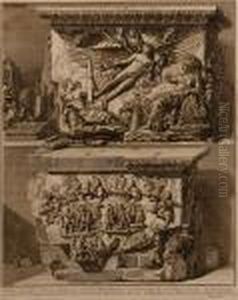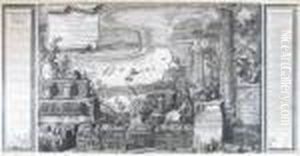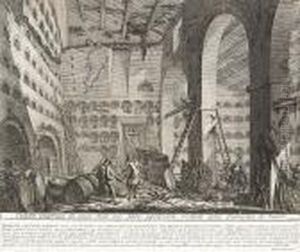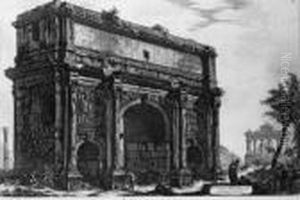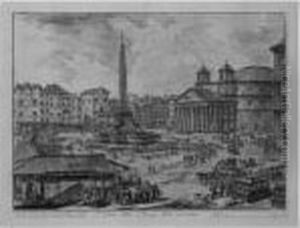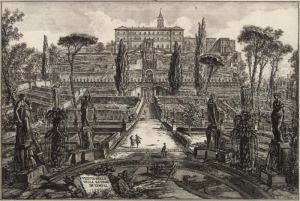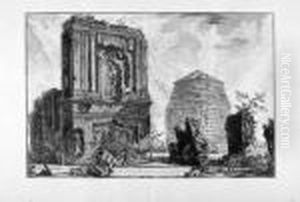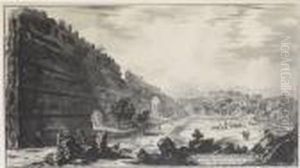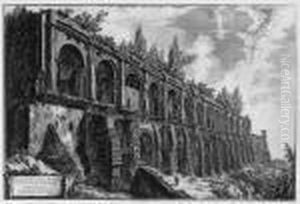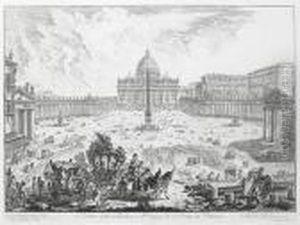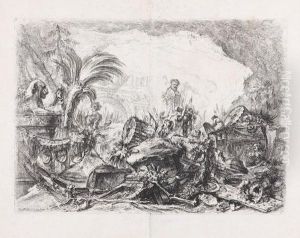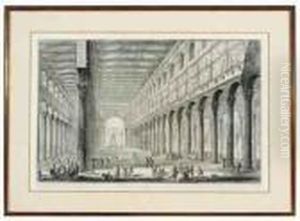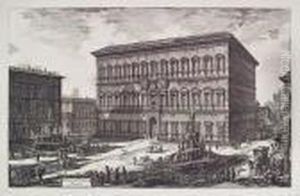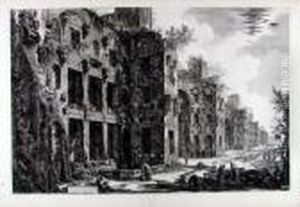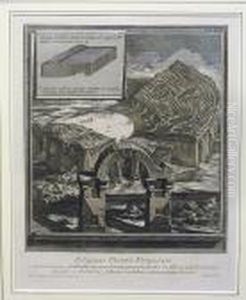





Xviii. Reliquiae Theatri Pompejani, From Il Campo Marizo Dell'antica Roma; Xxvi. Three Diagrams Of Doric Temple Construction
-
About Reproduction
Discover the allure of art with our faithful reproduction of "Xviii. Reliquiae Theatri Pompejani, From Il Campo Marizo Dell'antica Roma; Xxvi. Three Diagrams Of Doric Temple Construction", originally brought to life by the talented Giovanni Battista Piranesi. Unlike posters or prints, our hand-painted oil painting breathes an unique sense of depth and texture into your space. Every detail, every stroke, and every texture is meticulously recreated, paying the perfect homage to Giovanni Battista Piranesi and his artistic vision.
Owning this piece is more than just decoration - it's a statement of your refined taste in art. Let the vibrant colors and intricate details of this replica serve as a daily reminder of the beauty in our world. Elevate your decor and appreciate the richness of art with our replica of this masterpiece.
-
Painting Description
"XVIII. Reliquiae Theatri Pompejani, from Il Campo Marzio dell'Antica Roma; XXVI. Three Diagrams of Doric Temple Construction" is a work by Giovanni Battista Piranesi, an Italian artist famous for his etchings of Rome and of fictitious and atmospheric "prisons" (Carceri d'Invenzione). Piranesi's work on the Campo Marzio, or the Field of Mars in ancient Rome, is part of his larger endeavor to document and reconstruct the ancient city's grandeur through his artistic vision.
The "Reliquiae Theatri Pompejani" refers to the remains of the Theatre of Pompey, which was the first permanent theatre in Rome, built during the Roman Republican era. Piranesi's work in this area showcases the ruins and fragments of the once-magnificent structure, providing insights into its architectural splendor and historical significance. His etchings serve as both a record of the ruins as he saw them and a reconstruction of what they might have looked like in their original state, blending empirical observation with imaginative interpretation.
The "Three Diagrams of Doric Temple Construction" is another aspect of Piranesi's work that delves into the architectural principles of ancient Greek and Roman temples. The Doric order is one of the three orders of classical architecture, characterized by its sturdy columns and simple capitals. Piranesi's diagrams likely illustrate the proportions, structure, and design elements that define Doric temple construction, reflecting his interest in architectural theory and his desire to communicate the technical aspects of classical architecture to a broader audience.
Giovanni Battista Piranesi's contributions to the fields of archaeology, architecture, and art are invaluable, as they provide a unique blend of scholarly research and creative expression. His works, including the "Reliquiae Theatri Pompejani" and the "Three Diagrams of Doric Temple Construction," are esteemed for their intricate detail, historical accuracy, and artistic mastery. They continue to be studied and admired for their influence on the neoclassical movement and their role in preserving the legacy of ancient Roman and Greek architecture.
-
Lead Time & Shipping
When you order this oil painting replica, it typically takes 2-3 weeks to paint. If the artwork is more complex, it might need a little more time to ensure the best quality. Once it's ready, we'll send you a photo for your approval. After you give the green light, we'll ship it to you for free.
-
Return & Refund
We believe in the quality of our hand-painted oil painting reproductions, and your satisfaction is our priority. If for any reason, you are not completely satisfied with your purchase, we offer a 45-day return policy. You can return your artwork within 45 days of receipt and receive a full refund. Please note that the artwork must be returned in the original packaging and in the same condition as it was received.





